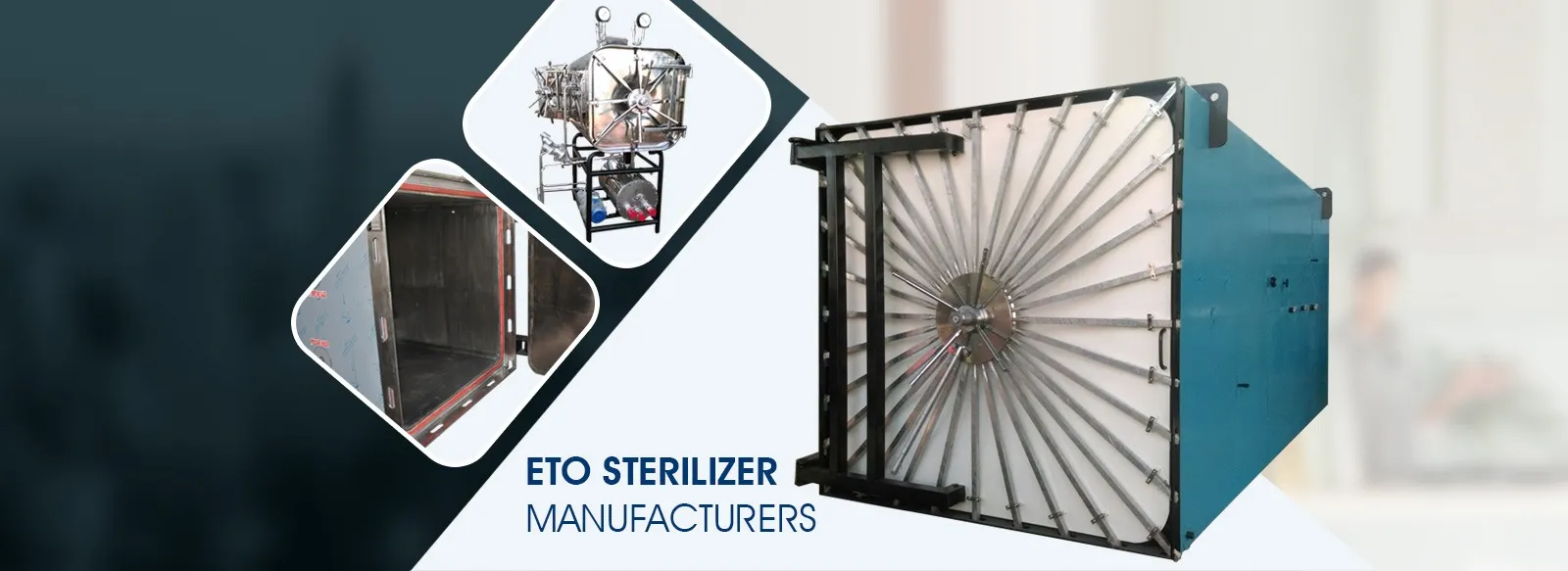Sterilization using ETO is an essential technique used in many industries, but especially in the medical field, to guarantee that microbiological life on equipment and medical devices is eliminated. By subjecting objects to ethylene oxide gas under carefully monitored circumstances, bacteria, viruses, and other microbes are successfully destroyed. Since ETO acts at lower temperatures and leaves no residue, it is especially beneficial for materials that are susceptible to high temperatures or moisture. The gas is appropriate for a variety of medical devices because it permeates packing materials and intricate device geometries. ETO sterilization is an effective process, but because it is volatile and potentially dangerous, it needs to be well watched.

1. Preconditioning:
2. Loading
3. Evacuation:
4. ETO Gas Injection:
5. Exposure Period:
6. Humidity and Temperature Control:
7. Aeration:
8. Off-Gassing:
9. Monitoring and Quality Assurance:
10. Packaging: